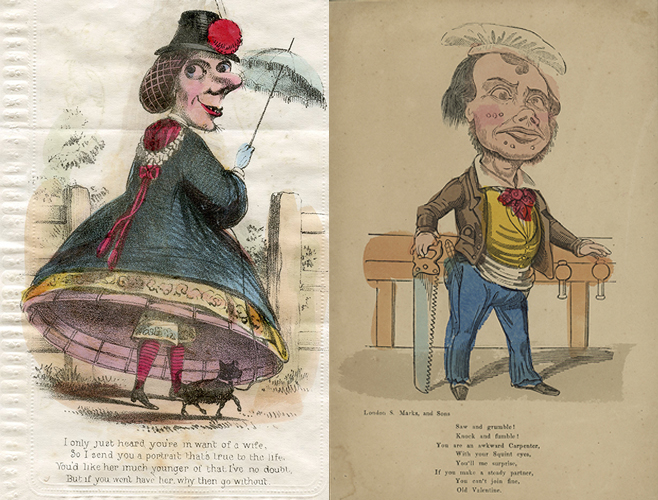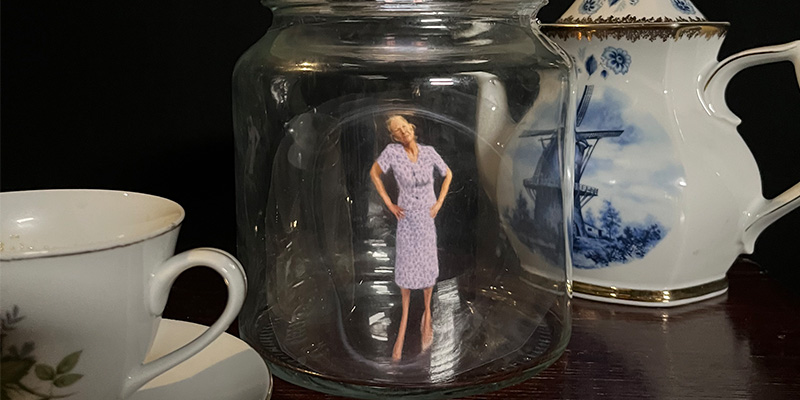News | Friday, 14th June 2019
Women’s World Cup: ACL injuries are more prevalent in women
Dr Georgina Stebbings explains why the knee injury is so common in female footballers

By Dr Georgina Stebbings, Lecturer in Exercise and Sport Physiology
The anterior cruciate ligament (ACL) is responsible for stabilising the knee joint by controlling rotation and resisting forward movement of the tibia – also known as the shin bone – in relation to the femur – also known as the thigh bone – particularly during jumping, cutting and turning manoeuvres, which are especially prevalent in intermittent sports such as football.
Within football, ACL injuries account for only 5% of all injuries yet four members of England’s Lionesses 23-player squad – Ellen White, Lucy Staniforth, Steph Houghton and Jodie Taylor – in addition to many other national team players currently starring in the 2019 Women’s World Cup in France, have suffered ACL injuries of their own.
Listen to Georgina speaking on the latest episode of the University's podcast series MetCast:
The risk of ACL injury is 2-3 times higher in female athletes compared to males. Several internal factors, such as anatomical, neuromuscular, hormonal and genetic; and external factors, such as footwear and playing surface are reportedly involved in the occurrence of ligament injury, however, the precise mechanism is not well understood.
The greater prevalence of ACL injuries in females compared to males might be explained by sex-differences in joint laxity – the looseness of joints. Greater joint laxity is observed in females and alters joint stability and the ability to detect joint position, both of which are essential at the knee joint during jump landings or cutting movements.
Furthermore, the risk of ACL injury might also be heightened in female players by the potential effects of the menstrual cycle. The menstrual cycle is characterised by a cycle of fluctuations in the female sex hormones oestrogen, progesterone and relaxin, all of which have receptors within the ACL. Indeed, it has been reported that ACL injuries occurred most often during the ovulatory phase of the menstrual cycle – usually days 13-15 – than during any other phase. Whilst more research is required to confirm these observations, such research could ultimately inform the development and implementation of personalised training programmes for female players to optimise performance and minimise injury risk.
For those players who have suffered one ACL injury, chances of suffering a second ACL injury are almost five times higher
Genetic factors are also thought to contribute to ACL injury risk and might predispose some players to injury. This might partly explain why some players suffer an ACL rupture following a bad landing or a poorly executed turn and others do not. I am currently working with PhD Student Jon Brazier, and Dr Alun Williams, both from the University’s Musculoskeletal and Sports Medicine Research Centre, to research associations between genetic variants and musculoskeletal soft tissue injuries, including ligament rupture in elite rugby players.
Our review identified several genes, such as those responsible for the production of proteins found in ligament tissue, which may influence injury risk in athletes. Collagen is an abundant protein in our ligament tissue and variants in genes responsible for the production of collagen types one, three and five have previously been associated with an increased risk of ligament injury in a variety of athletic populations. In future, personalised management of injury risk in athletes could benefit from application of this genetic information alongside existing non-genetic data.
ACL rupture is a severe injury that usually requires surgery to reconstruct the damaged ligament. Recovery from an ACL injury is lengthy and accounts for approximately 194 absence days. England Lionesses vice-captain, Jordan Nobbs, ruptured her ACL playing for Arsenal in a league game in November 2018, and despite undergoing months of rehabilitation, has not yet returned to competitive match-play and was unavailable for selection to Phil Neville’s World Cup squad. Additionally, for those players who have suffered one ACL injury, chances of suffering a second ACL injury are almost five times higher. Indeed, Ellen White and Lucy Staniforth, two of England’s Lionesses who were on the plane to France have both previously suffered multiple ACL ruptures during their careers.
So, whilst ACL injury remains a concern in women’s football, better understanding of the mechanisms of injury and application of this knowledge into practice will hopefully contribute to a reduction in ACL injury incidence in the long-term.




